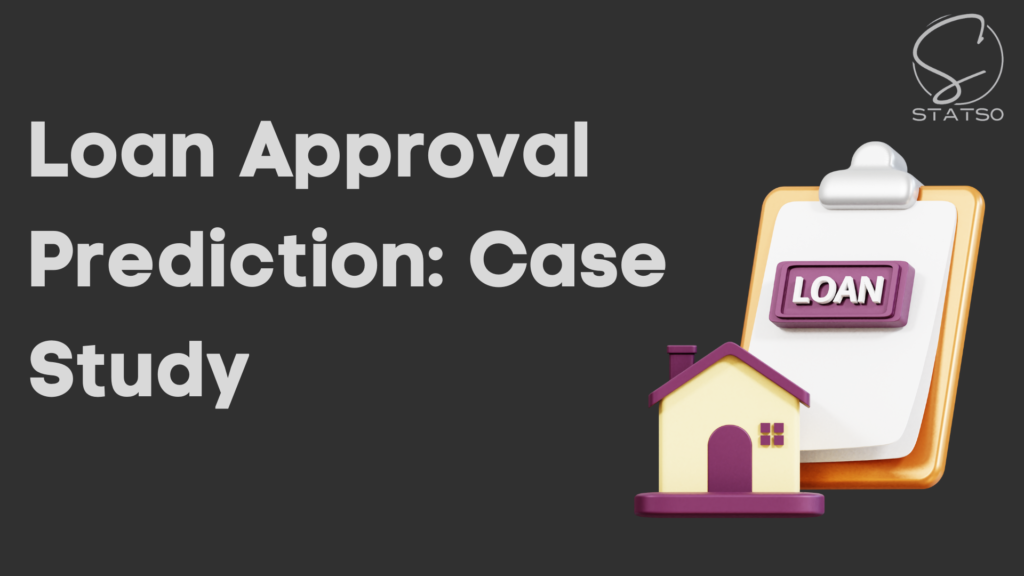In the course of seeking a loan and comparing several lenders, what should be sought are the best possible loan offers. These could be used when one is buying property or any other item and a person has to understand the different terms and conditions attached to every loan type as this helps in saving a lot of costs in the future. Loan collaterals like interest rates, charges, the periods of repayment and even the policies of the lenders differ hence careful consideration of all loan offers is essential.
This how-to guide explains the specifics of equalizing loan offers, including step-by-step instructions, practical tips, and tables that encapsulate complicated information. Moreover, together we will make an expert quotation, the other one from a financial advisor who is familiar with them all, and the FAQ section for the most common ones. We want you to be able to confidently choose the best loan offers when searching for one by the end of the article.
Factors that Underline the Significance of Comparing Loan Offers
Informed Choices: Having the wrong loan can lead to high costs, strain and at times even lead to the inability to pay the loan back. Loan comparison allows for enhancement in the chances of securing a loan that has favorable terms with respect to the borrowers financial setup.
“Finding the best loan is simply not about the lowest interest rate; it is about getting the correct price, the right amount of flexibility, and reliability.”
Advantages of Loans Comparison Cost Reduction: If you have a lower rate of interest or few fees it can save many thousands over a lifetime of a loan. Better Terms of Loans: It is possible to offer better terms of loans through repaying them by making first a comparison of all options available. Evading of Hidden Fees: A deep search will expose such costs that were not stated.
what to consider when comparing: Interest Rates Interest rates are one of the most important features that apply to any loan. They determine how much you will be charged over the basic sum borrowed. Typically, rates are available as follows: Fixed Rates: Do not change throughout the course of the loan. Variable Rates: These are dependent on the current market condition irrespectively of the loan.
| Loan Type | Fixed Rate Example | Variable Rate Example |
|---|---|---|
| Mortgage | 5.5% | Starts at 4%, adjusts annually |
| Auto Loan | 6.0% | Starts at 5%, adjusts quarterly |
| Personal Loan | 10% | Starts at 9%, adjusts monthly |
Pro Tip: While variable rates might appear lower initially, they could increase significantly over time.
Annual Percentage Rate (APR)
The APR includes both the interest rate and additional fees, offering a more comprehensive picture of the loan’s true cost. For example:
- Loan A: 5% interest rate, 6% APR (with fees).
- Loan B: 5.5% interest rate, 5.8% APR (with fewer fees).
Why It Matters: The APR reveals the total borrowing cost, helping you compare loans accurately.
Loan Term: The loan term affects your monthly payments and overall cost. Longer terms usually mean lower monthly payments but higher interest costs over time.
| Loan Amount | Term (Years) | Monthly Payment | Total Interest Paid |
|---|---|---|---|
| $20,000 | 3 | $605 | $1,780 |
| $20,000 | 5 | $379 | $2,750 |
Fees and Costs: Many loans come with fees that can add up. Examples include:
- Origination Fees: Charged for processing the loan.
- Late Payment Fees: Imposed if payments are delayed.
- Prepayment Penalties: Fees for repaying the loan early.
Type of Loan: It is normal to believe that certain loans e. g. mortgages or a student loan would have an edge over other loans in the market due to sometimes tax advantages or other benefits.
How to Compare Loan Violations: A Detailed Procedure
Step 1: Get a Loan Offer from Several Lenders: Request for loan quotations from no less than three institutions. This could include online lenders, banks as well as a credit union in order to have an all-rounded view.
Table 1: Loan Comparison Example
| Lender | Interest Rate | APR | Loan Term | Fees | Monthly Payment |
|---|---|---|---|---|---|
| Lender A | 5.5% | 6.0% | 5 Years | $300 | $381 |
| Lender B | 5.8% | 6.2% | 5 Years | $150 | $392 |
| Lender C | 6.0% | 6.5% | 5 Years | $0 | $400 |
Step 3: Consider Total Cost: Include the cost of the principal amount, the interest, and the fees. Evaluate the total loan repayment amount for every loan.
Online Loan Calculators: The calculators for loans work based on estimations which seem to address the primary concerns such as the monthly repayment, total interest costs and other useful information. These include:
- Bankrate Loan Calculator
- NerdWallet Loan Compare Tool
- Pitfalls to Watch Out For

Attention solely on the Interest Rates.
It is true that the primary concern will always be the interest rates, but failing to consider the fees, or the terms may lead to even more expenses that had not been foreseen.
Not paying attention to the loan terms: Though higher total costs may not be appealing, they may have the advantage in that monthly payments are lower.
“Make sure that the terms of the loan are in line with where you are and where you want to be financially. Having to pay lower monthly payments does not mean that the deal is better always.”
How auto loans performance was measured: Emily got two lenders who had made her offers to be able to buy a car that cost $15,000: Lender A offered her 4% for 5 year term with a 300 dollar originations fee, while Lender B offered her 4.5% for 5 years without any fees.
| Factor | Lender A | Lender B |
|---|---|---|
| Interest Rate | 4% | 4.5% |
| Fees | $300 | $0 |
| Monthly Payment | $276 | $279 |
| Total Cost | $16,560 | $16,740 |
Emily chose Lender A, saving $180 overall despite the upfront fee.
Negotiating Better Loan Terms
Don’t hesitate to negotiate with lenders. Highlight your creditworthiness and compare competing offers to secure lower rates or waive fees.
Table 2: Tips for Successful Loan Negotiation
| Action | Benefit |
|---|---|
| Improve Credit Score | Qualify for lower interest rates |
| Leverage Competing Offers | Encourage lenders to match terms |
| Ask About Discounts | Reduced fees or better rates |
This means looking for the best loan offer based on what you need. A more discerned approach can be used by evaluating things like interest rates, fees, APRs, and terms. Use loan computation tools like calculators or spreadsheets to avoid mistakes like being overly concerned with the rates. Lenders can be reasonable too; it is wise to make a few calls to find better deals.
Final Tip: Take your time to research, compare, and choose a loan that best complements your financial income and expenditure.
FAQs
What is the difference between interest rate and APR?
The interest rate is the cost of borrowing money, while the APR includes both the interest rate and additional fees, offering a more comprehensive view of the loan’s cost.
How many loan offers should I compare?
Aim to compare at least three loan offers from different lenders to get a clear picture of your options.
Can I negotiate loan terms with lenders?
Yes, many lenders are open to negotiation, especially if you have a strong credit score or competing offers.
How does loan term affect total cost?
Shorter terms typically result in higher monthly payments but lower total interest costs. Longer terms have the opposite effect.
Are online lenders better than traditional banks?
Online lenders often offer competitive rates and faster approval processes, but traditional banks may provide more personalized service and additional perks. By following the steps outlined in this guide, you’ll be well-prepared to navigate the loan market and secure a deal that meets your financial needs.







